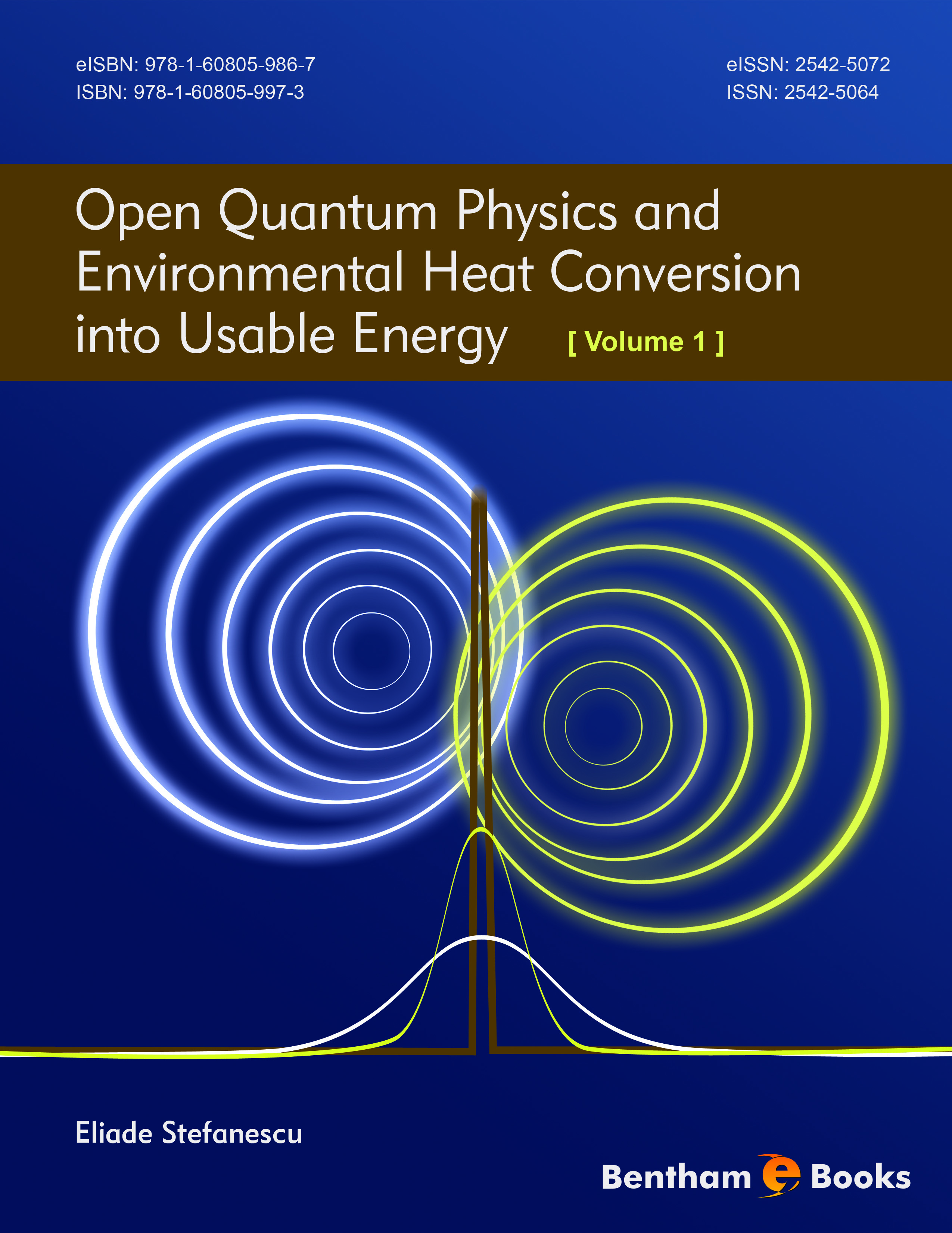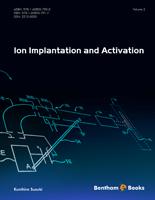Introduction
A Quantum system can be viewed as a larger closed system comprising of two components: an open quantum system and its surrounding environment. These two components interact with each other, and in the realm of theoretical physics, this interaction cannot be neglected. This eBook explains mathematical and statistical concepts essential for describing a realistic quantum system by presenting recent contributions in this field. The book commences by explaining of the basics of quantum mechanics, statistical physics, and physics of open quantum systems. Detailed methods of deriving theoretical equations with explicit analytical coefficients with respect to open quantum systems are also explained. The book concludes with the study of a quantum heat converter in the framework of an all-microscopic theory involving fermions, photons, and phonons.
Readers of this book will gain a better understanding on the following topics:
- - Quantum mechanics including the Boson and Fermion states, Fermi-Dirac and Bose-Einstein statistics, spin-statistics relation, many-body systems of Bosons and Fermions, the Fermi-Dirac integrals of the Fermion state densities, and transport phenomena in semiconductors
- - Dissipative dynamics and quantum systems such as friction, diffusion, friction-diffusion relation, mobility, occupation probability dynamics, damping, spectral width, correlation and autocorrelation, memory, stability, bifurcation, self-organization, and chaos
- - Lindblad’s theory of open quantum systems through the work of Alicki and Lendi
- - Quantum tunneling as an interaction with a system.
- - Optical bistability, including the fundamental contributions of Carmichael, McCall, and Bonifacio.
- - Master equations based on the microscopic theory of Ford, Lewis, and O’Connell.
- - Field propagation in a semiconductor structure
- - Coherent light propagation in the framework of a microscopic model including the refractive index and the Raman frequency shift.
- - Heat conversion in the framework of an all-microscopic model of open queantum systems
- - Entropy dynamics in a matter field system.





